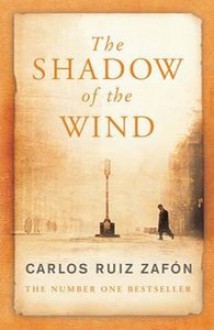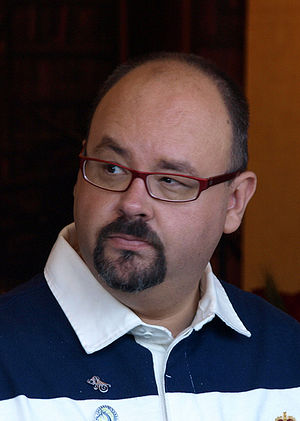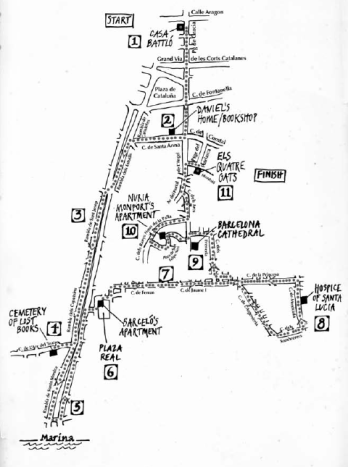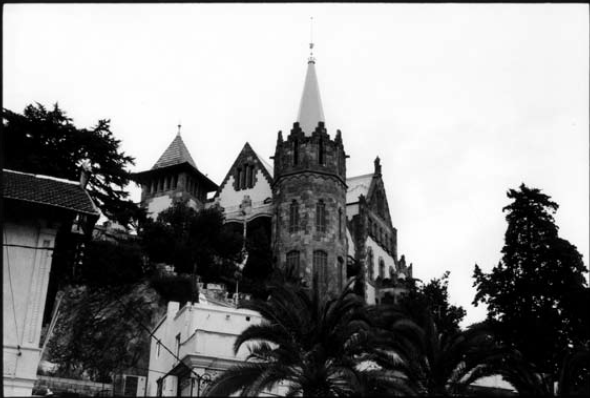All The Light We Cannot See is a modern day existentialist novel. A book in the tradition of Dostoevsky, although that may not be obvious right away.
The title alludes in different ways to the juvenile main protagonists of the novel, Marie Laure and Werner. For Marie Laure, the allusion is more literal. She is blind, from a congenital vision disorder. Nurtured by a loving father, she sees, not with her eyes, but with her ears, her nose and her fertile imagination.
 For Werner, an orphan and part of Germany’s World War II youth indoctrination program, the allusion is more figurative and a little more complex. He chooses to be blind to the destructive effects of war because the program promises a way out of the coal mines―his inevitable future, asserted orphanage officials.
For Werner, an orphan and part of Germany’s World War II youth indoctrination program, the allusion is more figurative and a little more complex. He chooses to be blind to the destructive effects of war because the program promises a way out of the coal mines―his inevitable future, asserted orphanage officials.
These two characters meet only at the end, but in so many ways, they are connected from the beginning. By time, if not by place. By their youth. By their intense need to know. By their extraordinary gifts. Finally, they meet as kindred spirits, drawn together by an illegal radio broadcast that cuts through prejudices and stereotypes, suspicions and enmities that divide people.
You cannot think of this novel in terms of a sweeping plot with several subplots. All the individual stories carry about equal weight, if not equal appeal: Marie-Laure moving through and surviving the war; Werner curbing a role in the war using his native gifts for electronics; the trajectory of the Sea of Flames diamond and the search for it by an obsessed German officer desperate to believe it would cure his decaying body; the healing of Marie-Laure’s great uncle, traumatized by his experience in the previous world war.
The setting for the story, the catastrophic event of the second world war, fits the meditative mood of the narrative. The characters live inside their heads a lot, not only about what they’re experiencing (seeing, hearing, tasting, feeling), but also about what those experiences mean, what each individual life really means. The prose flows effortlessly and images are vivid. The novel reminds me of Terence Malick’s atmospheric, meditative war film, The Thin Red Line.
Ultimately, though, what I took away from the book is the author’s view of what life is all about, woven into the many themes of the novel and often expressed in the musings of characters. You feel the author throughout the story, editorializing about events, characters, scenes, time. For example:
That great shuttles of souls might fly about, faded but audible if you listen closely enough?
Four years of occupation, and the roar of oncoming bombers is the roar of what? Deliverance? Extirpation?
To men like that, time was a surfeit, a barrel they watched slowly drain. When really, he thinks, it’s a glowing puddle you carry in your hands; you should spend all your energy protecting it. Fighting for it. Working so hard not to spill one single drop.
But it is not bravery; I have no choice. I wake up and live my life. Don’t you do the same?
The book is rich with such passages. A book to be read and savored more than once. As I intend to do and as I did with Dostoevsky’s Crime and Punishment and Brothers Karamasov. Timeless and unforgettable.

 Log in with Facebook
Log in with Facebook 









